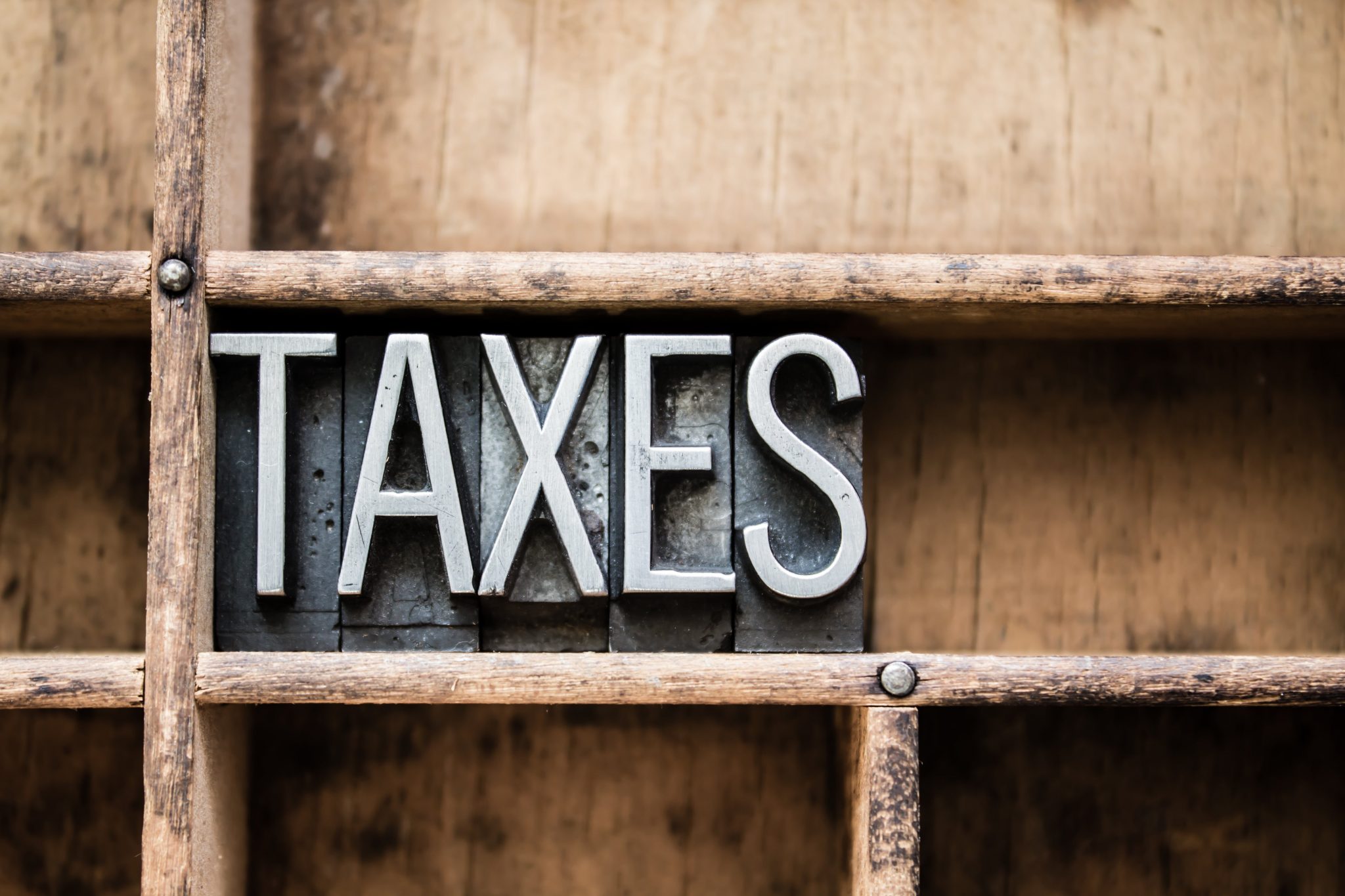Taxes are an unavoidable truth of retirement planning and investing. However, avoiding capital gains tax on stocks is a good way to lower your total tax liability.
Here are a few ways you can lower your capital gains tax bill.
What is Capital Gains Tax?
To understand how to avoid capital gains taxes, you first need to understand what causes them.
Any time you sell an investment for more than your basis (your basis is typically what you paid for it), you have a capital gain. Suppose you buy a stock for $30 and then sell it later for $42. You have a $12 capital gain.
That gain is taxable in one of two ways:
- Short term capital gains are gains on investments you held for less than a year.
- Long term capital gains are gains on investments you held for longer than a year.
Short term capital gains are taxed as ordinary income at regular income tax rates. Long-term capital gains are taxed at lower rates depending on your income – either 0%, 15%, or 20%. The lower your income is, the lower your long term capital gain tax rate is.
Use Retirement Accounts
This is really the simplest way to avoid paying capital gains taxes. Retirement accounts allow you to avoid capital gains taxes altogether since they shield you from taxes until you withdraw your money.
However, IRAs, 401ks, 403bs and other retirement accounts all have contribution limits. It’s good to know a few ways to manage capital gains outside of retirement accounts too.
Hold Stocks Long-Term
Since short term capital gains are taxed as ordinary income, it helps to hold stocks for longer than one year. This allows you to take advantage of the lower long-term capital gain tax rates.
If your income is below the limit for the year ($78,750 for 2020) then you will completely avoid capital gain taxes because your long-term capital gain tax rate is 0%. Even if you can’t completely avoid capital gain taxes because your income is too high, they’ll still be lower as long-term gains than if they were short-term.
Holding stocks for longer than a year can cut your taxes quite a bit.
Tax-Loss Harvesting
The most well known strategy for reducing capital gains taxes on stocks is to sell other stocks at a loss, and use those losses to offset the gains for tax purposes.
Refer back to the simple example above in which you have a $12 capital gain. To offset the gain on that stock, you’d simply need to sell a different stock at a loss. These losses can offset the gain dollar for dollar.
For example, if you have a $20 basis in a stock but it is now worth $15. You can sell it for a $5 loss, and use the loss to reduce your taxable capital gain to $7. ($12 – $5 = $7)
If that stock you bought for $20 was now only worth $8, you could sell it for a $12 capital loss and completely offset the gain.
If you have enough losses in your portfolio (hopefully you don’t because your other stocks have gained!) you an offset the entire taxable gain so that you owe no capital gains taxes.
Should I Always Avoid Capital Gains Tax on Stocks? – Tax Gain Harvesting
No. In fact, one good way to avoid actually paying capital gains tax is to purposefully incur a capital gain tax liability by tax-gain harvesting.
I know that sounds a little odd but hold on and I’ll explain…
Tax-gain harvesting is the opposite of tax-loss harvesting. To harvest tax gains you sell the stocks that have appreciated to create a tax liability now, rather than sell the stocks that have losses to write them off.
The logic is really pretty simple. Let me walk you through it.
Start with the fact that the entire point of investing is to generate gains. In the context of retirement planning, the point is to generate gains so that you can eventually sell the stock to have money to spend on food, housing, healthcare, and all the other things that make life enjoyable.
In other words, you will eventually, at some point, incur a capital gain and be faced with paying taxes on it.
To plan ahead, you would consider harvesting those gains in years that you expect to have a lower taxable income. For example, suppose you are laid off early in the year and aren’t able to find employment before November. That’s a lot of lost income and your taxable income for the year will be much lower than normal.
Remember that your capital gains tax rate is based on your income, so your capital gain tax rate will be lower as well.
If you are in a lower capital gain tax bracket, potentially even the 0% bracket, it makes sense to go ahead and harvest those gains now to avoid having to do it later when your taxable income is higher.
This requires multi-year planning but has the potential to save you a lot in taxes.
Want to talk about a plan for managing your capital gains taxes? Email me at [email protected] or call 903-471-0624 and I’ll be glad to help you.







